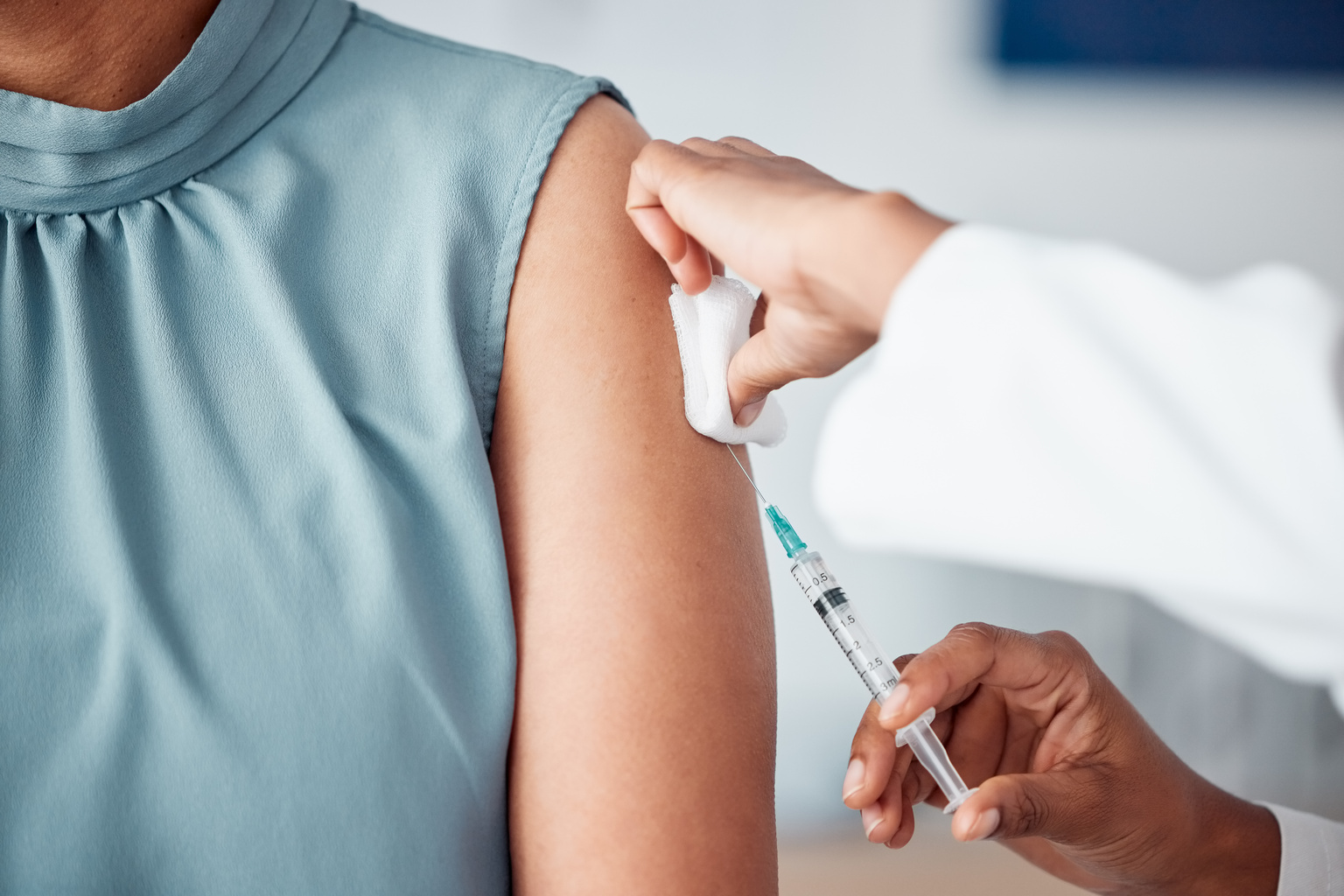Medical hand-washing steps aren't hard to follow, but they're more important now than ever. Promote good hand hygiene in your practice with these tips.
With the World Health Organization (WHO) having declared the coronavirus disease 2019 (COVID-19) a global pandemic, health systems, public health officials and researchers are continuing to accelerate efforts to contain or mitigate the virus's worst effects. Yet prevention advice for the general population is anchored by one simple central strategy: wash your hands.
As practice leaders, physicians already appreciate the importance of proper hand hygiene for themselves and their staff. But now is the right time for a refresher, since no opportunity to protect patient and provider safety is too small to take as COVID-19 continues spreading.
For more on what physicians need to know about COVID-19, visit AudioDigest.
Medical hand-washing steps
Healthcare workers have options when it comes to hand hygiene: They can either wash their hands with soap and water or hand sanitizer that is at least 60% alcohol-based, according to the Centers for Disease Control and Prevention (CDC). Soap and water is preferred when hands are visibly dirty.
Whether via hand sanitizer or with soap and water, providers should clean their hands before and after they interact with each patient - all the while heeding nail hygiene, too, notes the CDC.
Soap and Water
For the traditional soap-and-water method, the CDC recommends:
- Rinse hands with water and add soap. Avoid hot water, as that can dry out hands.
- Scrub briskly for at least 20 seconds, ensuring that you don't miss any surface areas.
- Rinse off the soap and dry hands with a disposable towel.
- To turn off the water, avoid touching the faucet directly. Use a disposable towel instead.
Hand Sanitizer
For hand sanitizer, follow these guidelines:
- Apply alcohol-based hand sanitizer to both hands.
- Rub hands so that all surface areas get the product on them.
- Keep rubbing until the sanitizer dries (about 20 seconds).
Do note that alcohol-based sanitizer will not eliminate Clostridioides difficile (C. diff), a common bacteria in hospital settings that can lead to diarrhea. When a shift requires contact with a patient who has C. diff, providers should wear gloves to avoid the spread of infection and should wash their hands with soap and water after removing their gloves.
Techniques to boost hand-washing compliance
As a practice leader, the power of enforcing healthy hygiene is literally in your hands: Employees will look to you to set an example, so ensure that it's a good one.
But of course, you don't have to go it alone. The CDC offers ample materials and resources as part of its Clean Hands Count campaign to encourage hand-washing compliance among clinicians. That program includes promotional materials, from brochures and posters to pocket cards, stickers and other assets. Both the CDC and the WHO provide further resources specific to COVID-19 on their websites.
For training support, leaders may take interest in the CDC's education courses for hand hygiene. This all-in-one infographic, which packs a lot of facts into one scrollable piece, can also be helpful to circulate among staff, either digitally or printed out for break rooms or nurse stations.
The WHO has also developed a Multimodal Hand Hygiene Improvement Strategy, which the Journal of Patient Safety reports has "achieved important results all over the world."
Additionally, consider skin health among healthcare workers, especially given the number of times they need to clean their hands in a single shift. Providing lotions and creams can be helpful, though you'll also want to understand how such creams can affect the antimicrobial properties of cleansers.
Above all, make hand-washing institutional, something that everyone holds each other accountable for doing. Strive for a culture in which even patients can feel free to ask their doctors: Have you washed your hands before seeing me?
Sure, that requires a shift in perspective - and even more, a shift in ethos. But at the end of the day, that shift is one that could make a difference in the fight against COVID-19.




